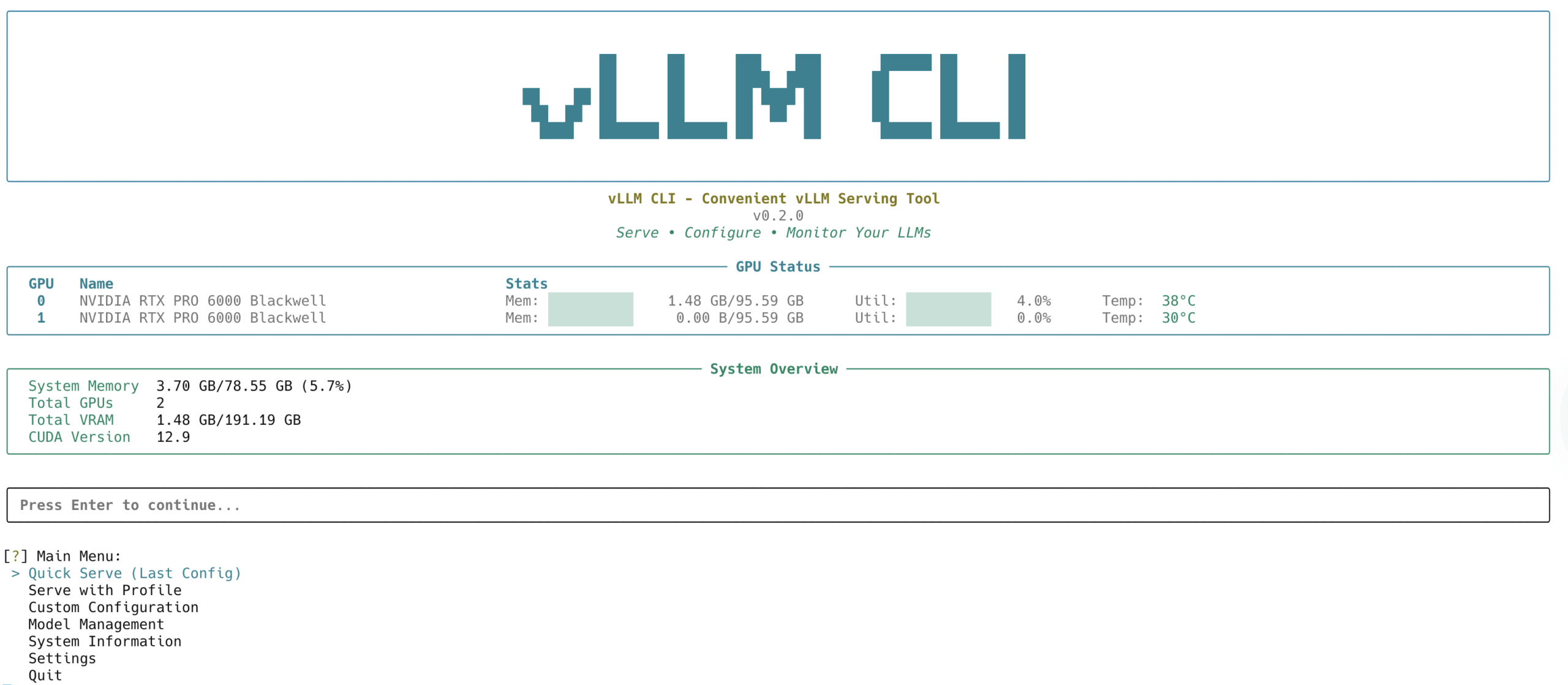There are four main scenarios in which this tool is applicable in practical development:
- Multi-model comparison test: Developers can quickly switch between different service providers' models (e.g. GPT-4 vs Gemini) to compare performance under a unified framework
- Enterprise Privatization Deployment: Localize sensitive data by configuring SMALL_MODEL_API_BASE to point to an intranet server.
- Development Cost Optimization: Use cheap models (haiku) for simple tasks such as code completion, and enable high-end models (sonnet) only for complex algorithm design.
- Special Ability Expansion: Leveraging the expertise of different models (e.g. Claude's coding capabilities + Gemini's long context) to build composite AI workflows
Specific cases include:
- Experimentation with the latest xAI model features in Claude Code
- Use of local models for confidentiality analysis of private code bases
- Startups Control Cloud Service Costs by Mixing API Calls at Different Price Points
The documentation also suggests optimizing cue word engineering in conjunction with log analysis capabilities.
This answer comes from the articleAny LLM in Claude Code: An Open Source Agent for Calling Multilingual Models for Claude CodeThe












